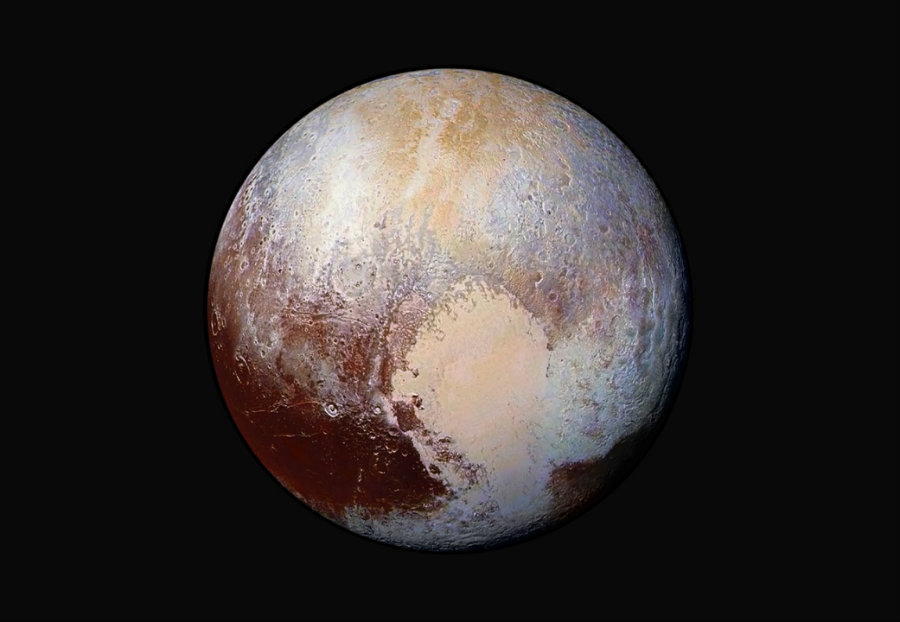Eight months have passed since the New Horizons spacecraft went to visit the tiny planet Pluto and thanks to these meeting between spacecraft and planet, new data about the dwarf planet has been discovered.
Alan Stern, New Horizons principal investigator, said that the five pages of information they now have in their hands completely changes their perspective about this mysterious planet. Alan also mentioned that they consider this “astronomer’s planet” a real world, with diverse and active geology, exotic surface chemistry, a complex atmosphere, puzzling interaction with the sun and an intriguing system of small moons.

Pluto’s surface is not what we thought it was
None of the scientists expected to encounter smooth plains scarred craters and ice mountains.
Scientists believe that all this diverse environment can only mean that Pluto has been geologically active for much of its life over the past 4.6 billion years. Part of the surface diversity is caused by methane, nitrogen and carbon monoxide ices that melt and refreeze in a much more complicated cycle than scientists expected to find.
Will Grundy, lead author on one of the papers, said in the NASA statement said that they believe Pluto presents the same cycles of evaporation and condensation due to its volatile ices. He also mentioned that these cycles are a lot richer than those on Earth, where there’s really only one material that condenses and evaporates water. On Pluto, there are at least three materials, and while they interact in ways we don’t yet fully understand, we definitely see their effects all across Pluto’s surface.
The atmosphere of this planet is stunning
It appears Pluto’s atmosphere is around 70 degrees Fahrenheit colder and a way more stable than scientists thought at the beginning.
“The thought was that Pluto’s atmosphere was escaping like a comet, but it is actually escaping at a rate much more like Earth’s atmosphere,” Fran Bagenal, lead author on one of the papers, said in a statement.
It was believed Pluto poured nitrogen out of its atmosphere, taking into consideration that a huge part of Pluto is covered by nitrogen. But thanks to this new data found, researchers realized the planet’s primary escaping gas is methane.
Five moons surrounding Pluto
Scientists think that Pluto and its largest moon Charon once collided. Instead of completely breaking apart, they went into orbit around one another.
Now there’s evidence that Pluto’s four smaller moons may have formed from chunks of debris that spilled out of the same collision, according to the new research.
We still only have about half the data that New Horizons collected during its flyby, so Pluto may hold many more mysteries.
Source: Science Mic
